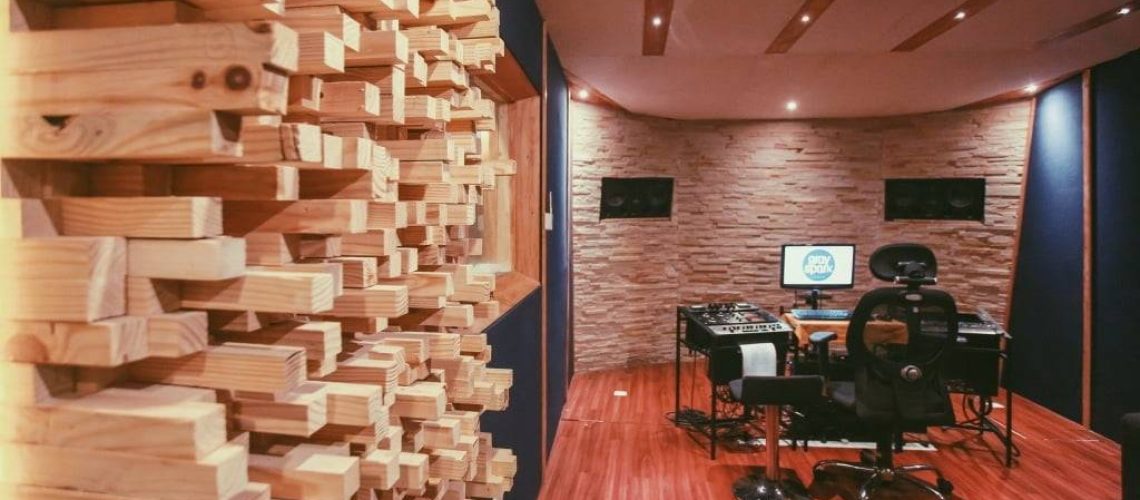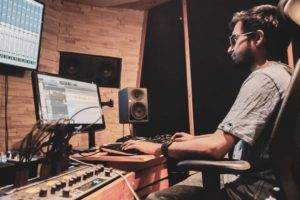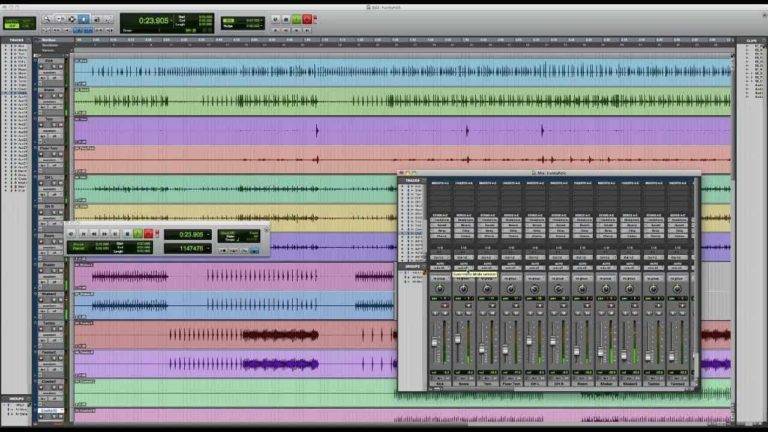
If someone asks me THE one tip/trick that I would recommend to get better at Recording & Mixing Skills, my answer would be: “PRACTICE”.
Yes, we all have heard it, but yet some of you out there find it hard to get down to actually practicing your recording and mixing skills.
Today let’s talk about some ways that we can analyze and correct our mistakes through practice and become an efficient recording and mixing engineers.
Today let’s talk about some ways that we can analyze and correct our mistakes through practice and become an efficient recording and mixing engineers.
Identify what's wrong, Fix it, Repeat.
-Ronak Runwal Tweet
Tip no. 1
Record an Instrument on a pre-recorded session:
Try and get your hands on a few Multi-Track sessions, you can find some of the sessions recorded here at Gray Spark Audio that you can use as a starting point.
Now, isolate one instrument from this recording and re-record it.
This could be an acoustic guitar on the track or bass or any other instrument you might have access to. Try to understand the thought process of the recording engineer that went into designing that specific sound. Does it make sense to have a Low Boomy bass guitar sound as opposed to a brighter / twangier sound?
Would it be better if the sound were designed some other way?
Then try visualizing different sounds for these instruments and record them, this will not only help you with getting faster at recording but will also help you become faster and better at visualizing and creating very specific sounds. This tip will help you build your skill recording and visualizing a relevant sound for a song.
Now, isolate one instrument from this recording and re-record it.
This could be an acoustic guitar on the track or bass or any other instrument you might have access to. Try to understand the thought process of the recording engineer that went into designing that specific sound. Does it make sense to have a Low Boomy bass guitar sound as opposed to a brighter / twangier sound?
Would it be better if the sound were designed some other way?
Then try visualizing different sounds for these instruments and record them, this will not only help you with getting faster at recording but will also help you become faster and better at visualizing and creating very specific sounds. This tip will help you build your skill recording and visualizing a relevant sound for a song.

Tip no. 2
Emulate or Reverse Engineer Sounds or Recordings you like
This is one thing that I find myself doing very often if there is a sound from an album or a song that catches my ear I spend some time inside the studio trying to figure out how it was designed and recorded.
Let me give you an example of the drum sound on “Boom Like That” a song by Mark Knopfler on the Album “Shangri-La”.
This is one of my all-time favorite drum sounds, a very dry but attack-y Drum Sound. So I tried different micing techniques, different drum Tunings, different preamps and microphone combinations and different room positions until I reached a point where the drum sound was comparable to the one from the song.
In this process, I learned a few more ways that I could use studio equipment to get closer to different sounds if I ever needed to get them.
Reverse engineering is easy, analyze and break down the sound into simple forms, define every element of the sound. Kick Drum has more sub 80 Hz information as opposed to attack, Snare has a build up at around 200Hz, so on and so forth. And once you break them down into specific details, you can use, tuning, micing, placement, preamps and other tools to achieve this sound.
Let me give you an example of the drum sound on “Boom Like That” a song by Mark Knopfler on the Album “Shangri-La”.
This is one of my all-time favorite drum sounds, a very dry but attack-y Drum Sound. So I tried different micing techniques, different drum Tunings, different preamps and microphone combinations and different room positions until I reached a point where the drum sound was comparable to the one from the song.
In this process, I learned a few more ways that I could use studio equipment to get closer to different sounds if I ever needed to get them.
Reverse engineering is easy, analyze and break down the sound into simple forms, define every element of the sound. Kick Drum has more sub 80 Hz information as opposed to attack, Snare has a build up at around 200Hz, so on and so forth. And once you break them down into specific details, you can use, tuning, micing, placement, preamps and other tools to achieve this sound.

Tip no. 3
Analyze Mix Sessions from your Engineers
Try to get your hands on some of the sessions that have been mixed and try to put yourself in the mix engineer’s chair.
Take apart the mix and listen to all the elements without the processing on it, listen to it with the plug-ins bypassed and then effects and processing dialed it.
What does the EQ do to the sound?
What does the Compression do to the sound?
Why did the engineer choose to compress this way?
Repeat this same process for other elements in the song.
Take apart the mix and listen to all the elements without the processing on it, listen to it with the plug-ins bypassed and then effects and processing dialed it.
What does the EQ do to the sound?
What does the Compression do to the sound?
Why did the engineer choose to compress this way?
Repeat this same process for other elements in the song.
Bonus Tip
Practice Multi-Track Mixing
Download a Multi-Track session from the link given here
and jump right in.
Start by getting the balance in place and repeat it until you reach a point that you’re happy with.
Once you arrive at a good balance, try to shape the tone and dynamics of the instruments and get them in line with what your vision for the song.
The only way to get better at mixing is by learning from your mistakes and working towards improving on them. Your first few mixes will be BAD, and it okay. Nobody’s judging your mixes and neither should you.
Identify what’s wrong, Fix it, Repeat.
The only way to get better at mixing is by learning from your mistakes and working towards improving on them. Your first few mixes will be BAD, and it okay. Nobody’s judging your mixes and neither should you.
Identify what’s wrong, Fix it, Repeat.

Get in touch!
If you guys have another other questions you would like to shoot at me, just shoot me a mail at ronak@gray-spark.com.
Exclusive

